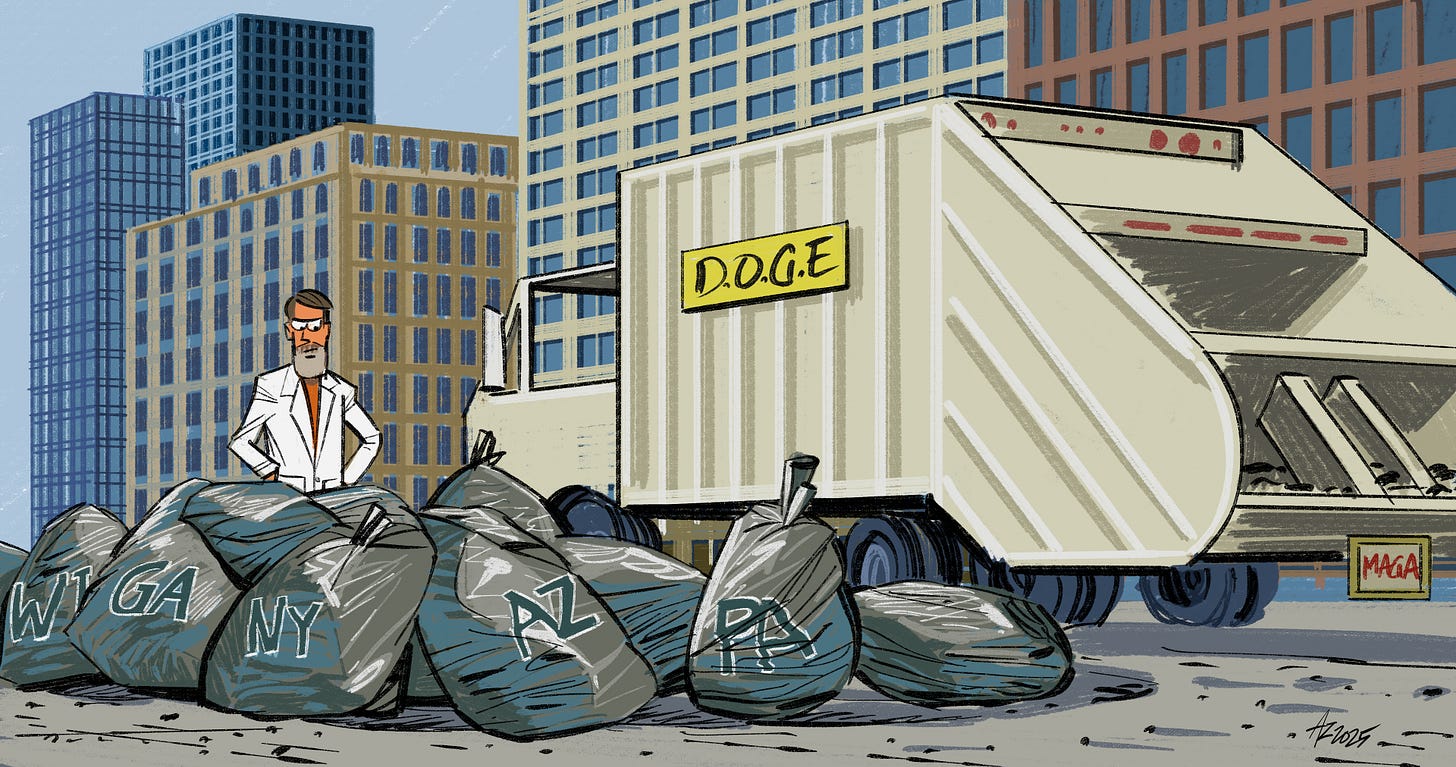Time to toss the trash (voter rolls)
On March 29, I will be presenting a paper at the 20th International Conference on Cyber Warfare and Security at William and Mary College in Williamsburg, Virginia. My paper is titled System Reliability Analysis: Impact of Structural Anomalies in State Voter Registration Systems. The goal of the paper is to look at problematic voter rolls as an administr…
Keep reading with a 7-day free trial
Subscribe to The Zark Files to keep reading this post and get 7 days of free access to the full post archives.



